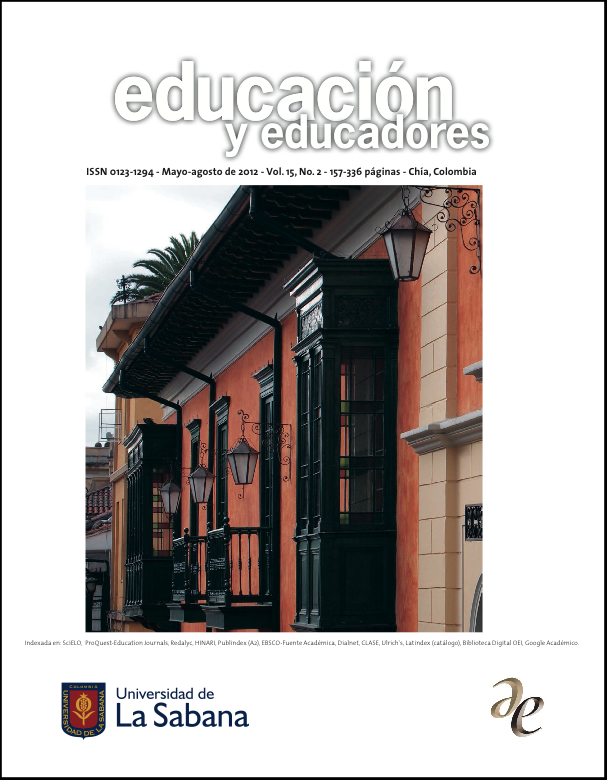Distribution of Leadership as a Strategy for Institutional Improvement
Keywords:
Education administration, education management, teaching administrative institution, leadershipAbstract
The concept of distributed leadership is presented in this article as an alternative to the hierarchical models of leadership. According to this concept, leadership is a property of groups and organizations, and is not a personality trait. Research has focused traditionally on identifying the personality traits and ideal actions of leaders, while ignoring that leadership also is manifest collectively, as a multilevel phenomenon. An overview of the various school leadership models is provided, and the concept of distributed leadership is put forth as a recent alternative to the individualistic idea of leadership. It is argued that institutional change and improvement in the modern school depend largely on collective participation in decision-making and on the existence of leadership exercised by teachers at levels other than the administrative level.
Downloads
Published
How to Cite
Issue
Section
License
1. Proposed Policy for Journals That Offer Open Access
Authors who publish with this journal agree to the following terms:
-
This journal and its papers are published with the Creative Commons License CC BY 4.0 DEED Atribución 4.0 Internacional. You are free to share copy and redistribute the material in any medium or format if you: give appropriate credit, provide a link to the license, and indicate if changes were made; don’t use our material for commercial purposes; don’t remix, transform, or build upon the material.






